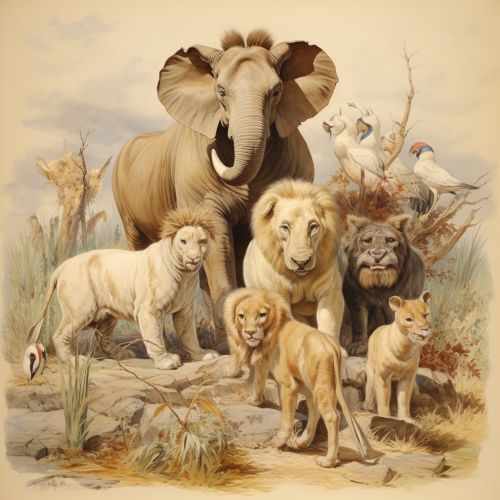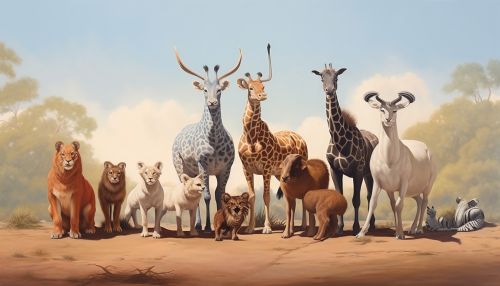Speciation
Introduction
Speciation is the evolutionary process by which populations evolve to become distinct species. It is a fundamental concept in the field of evolutionary biology, but it can also be studied from the perspective of population genetics, ecology, and paleontology.


Mechanisms of Speciation
Speciation is typically the result of four mechanisms: allopatric, peripatric, parapatric, and sympatric speciation.
Allopatric Speciation
Allopatric speciation is the most common form of speciation and occurs when populations of a species become geographically isolated. This isolation can be due to various factors such as geographical changes or migration to new areas. Over time, the genetic differences between these populations may become so significant that they can no longer interbreed, resulting in the formation of two distinct species.
Peripatric Speciation
Peripatric speciation is a form of allopatric speciation where one population is significantly smaller than the other. It often occurs when a small group of individuals breaks off from the larger population and becomes isolated. This small group may rapidly evolve into a new species due to the unique environmental conditions and selective pressures it encounters.
Parapatric Speciation
In parapatric speciation, populations are partially isolated from each other but not completely. This partial separation can be due to a change in habitat within the geographical range of the original population. The populations remain in contact through a narrow zone where hybrids can be formed, but strong selection against these hybrids leads to the evolution of different species.
Sympatric Speciation
Sympatric speciation is the process of speciation occurring within a parent species remaining in one location. This is often driven by the evolution of major genetic differences within the population. This can occur through mechanisms such as polyploidy, where an organism has more than two paired sets of chromosomes.
Factors Influencing Speciation
Several factors can influence the speciation process, including genetic drift, natural selection, and sexual selection.
Genetic Drift
Genetic drift is a mechanism of evolution that causes random changes in the frequency of alleles in a population. It can lead to speciation by causing different genetic changes in isolated populations.
Natural Selection
Natural selection is a process where individuals with characteristics that are advantageous for their environment have higher survival and reproduction rates. This can lead to speciation as different environments favor different characteristics.
Sexual Selection
Sexual selection is a form of natural selection where individuals with certain inherited characteristics are more likely than others to obtain mates. This can lead to speciation as different traits may be favored in different populations.
Evidence of Speciation
Evidence of speciation can be found in various forms, including the fossil record, DNA sequencing, and observation of ongoing processes in both the field and laboratory.
Fossil Record
The fossil record provides evidence of speciation by showing the existence of extinct species that were clearly different from any that exist today. It also shows the gradual changes that have occurred within species over time.
DNA Sequencing
DNA sequencing can provide evidence of speciation by showing the genetic differences between species. This can help to determine the relationships between species and the time at which they diverged from a common ancestor.
Observational Evidence
Observational evidence of speciation can be seen in nature and in laboratory experiments. For example, the development of antibiotic resistance in bacteria is a form of speciation that can be observed in the laboratory.
Conclusion
Speciation is a fundamental process in evolution, leading to the diversity of life we see today. It is driven by various mechanisms and influenced by several factors, with evidence of its occurrence found in various forms. Understanding speciation is crucial for understanding the history and diversity of life on Earth.
